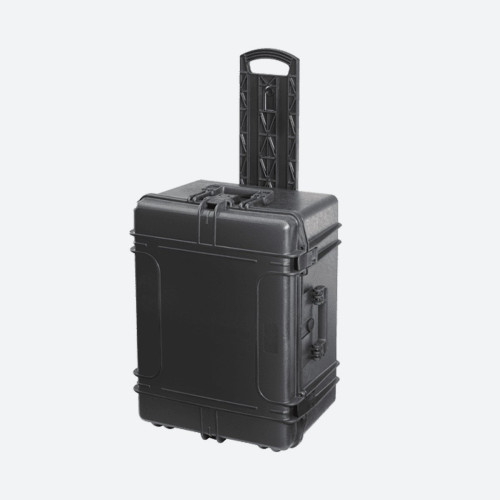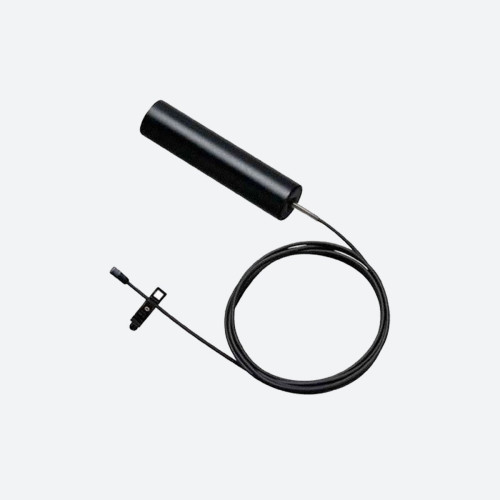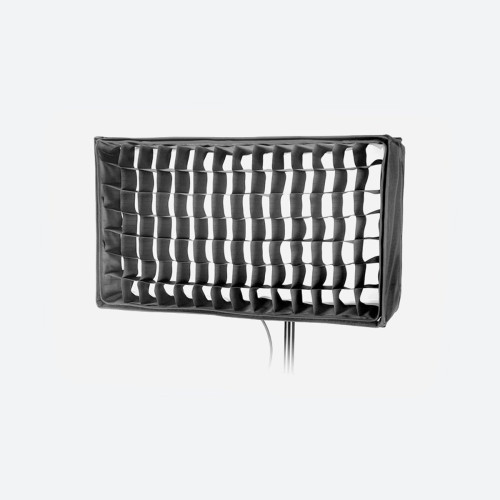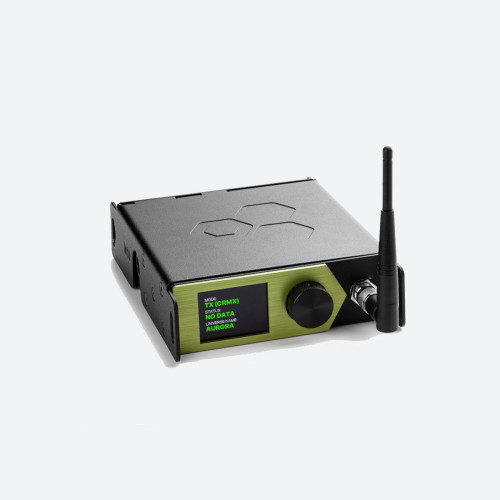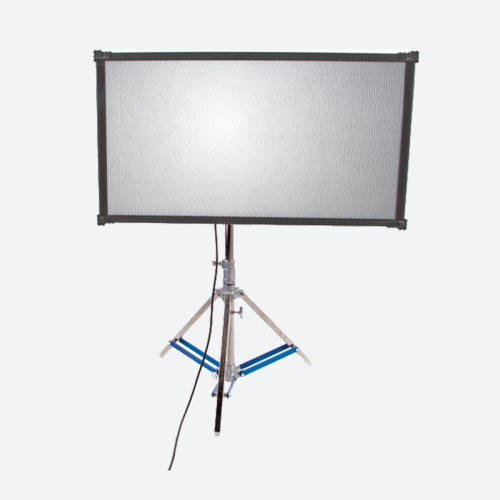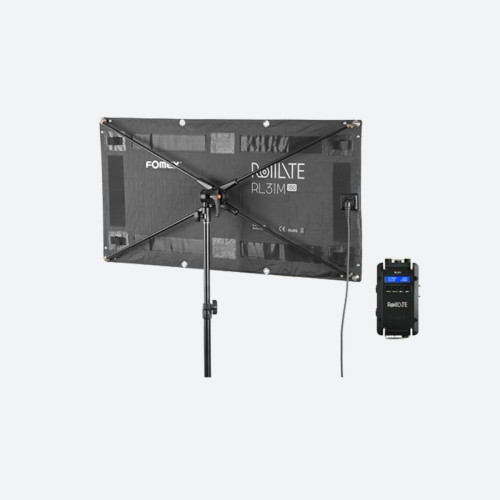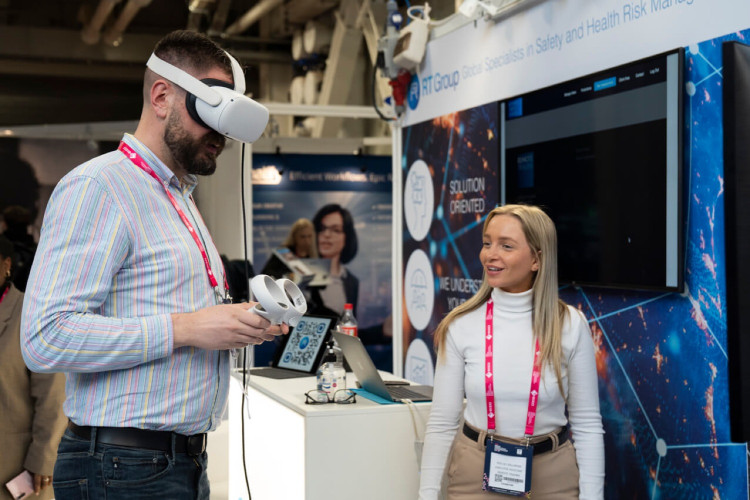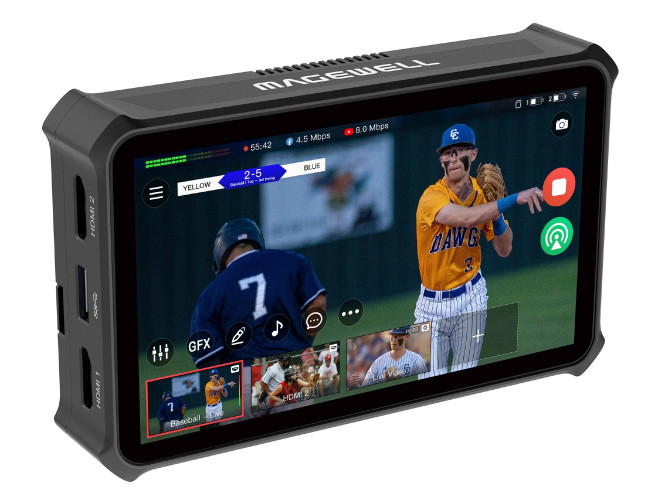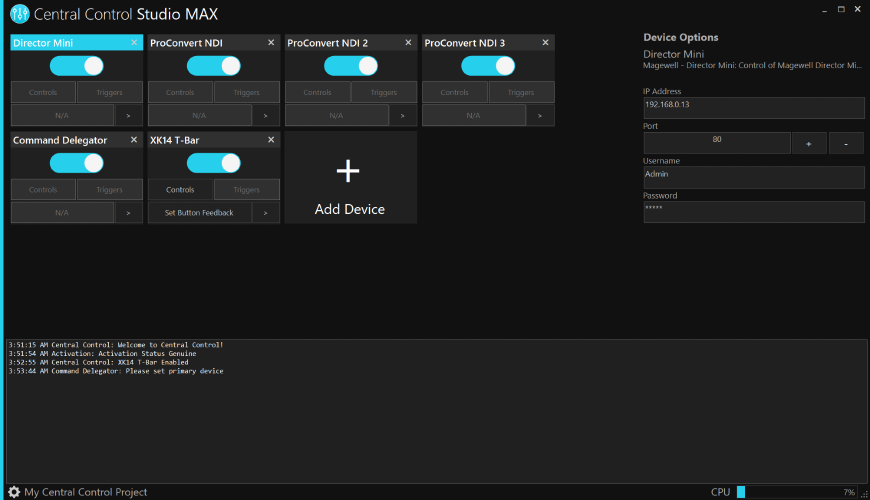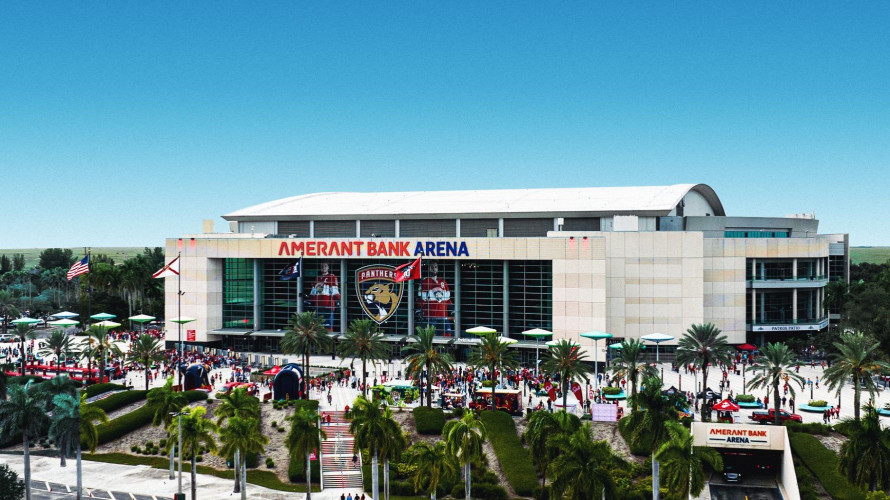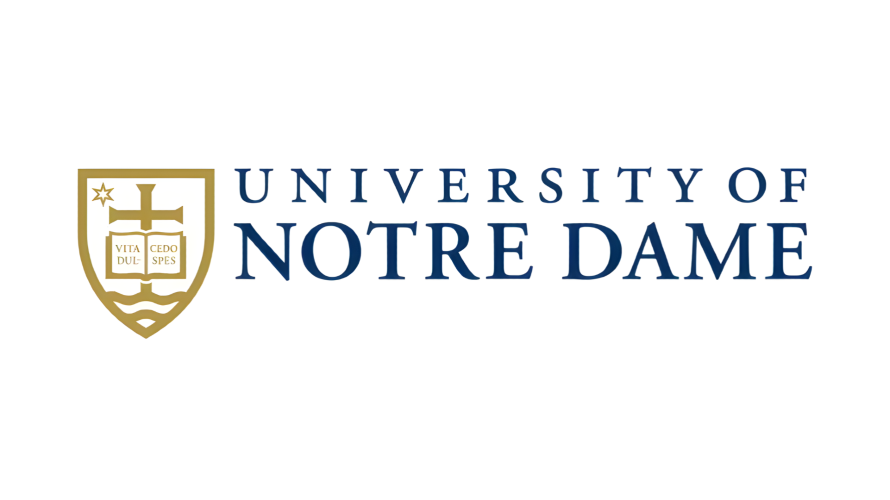Mixing with the wildlife on Springwatch
Author: Dennis Lennie
Published 1st October 2008
As the 5th series of ‘Springwatch’ draws to a close I’d like to share with you an insider view of one of my favourite vision mixing jobs. As a freelance vision mixer I work across the board on all sorts of programmes: quiz & chat shows, sports, drama, music & Light Entertainment, recorded & live, studio-based or Outside Broadcast. But for four weeks of the year ‘Springwatch’ provides a working environment unlike anything else I have ever done. It takes me out into beautiful countryside to work alongside a fantastic team of professionals who have become like a family.
Roger Sutton and I have been privileged to be the Vision Mixers on the programme since it started. The reason they have two of us is purely logistical. At any time during the hour-long live show there can be over 50 sources required but only 32 inputs available on the main mixer. Consequently a sub-mixer is essential for the Grass Valley Kalypso. The second V.M. also does a separate cut on the in-vision monitors.
Because many of the play-ins are recordings from fixed bird cam boxes and we use the same cams to show live pictures of birds, it’s difficult for Bill & Kate to tell when they are looking at live or recorded bird behaviour. So, we provide a ‘live’ bug when we’re not on VT’s, on their floor monitor preview only. There is also the matter of keeping on top of the daily changes in sources as the mini-cam guys are constantly providing cameras in new habitats and removing ones where the birds have quite literally ‘flown the nest’. The gallery has 110 monitors and many of the sources change on a daily basis. As many of them don’t have UMD’s we go through quite a lot of sticky tape & card keeping up with labelling.
One of the most unique things about this programme for the vision mixers is that it has an exceptionally high number of incoming sources but very little rehearsal. This is because we never know what we will be featuring as the wildlife itself writes the script. We react to the stories as they unfold right outside on our doorstep. The extremely professional and smooth way this happens is in no small way down to the directorial skills of David Weir although if asked about his role, he modestly attributes the smooth running of the show to the very experienced technical crew who take in their stride an hour of live unrehearsed TV every night.
From the vision mixing point of view we are kept very much on our toes as some of the direction comes straight from Bill & Kate during the show. They can request pictures from any bird box or location at any point in the programme. On the mixer there is a matrix of 9 inputs which can’t be labelled as they constantly change according to the demands of the production team, Bill & Kate and of course the wildlife itself which, to a great extent, dictates the editorial direction the show takes.
For each Springwatch OB a large production village has to be set up from scratch with 13portakabins with edit suites, production offices, camera stores, workshops, storytellers record suites etc., a large marquee, catering van, mobile toilets and the biggest production gallery I have ever worked in. Then when we have finished it all has to be taken away and the site returned to exactly the way it was before we arrived. Engineering manager Ian Dewar has been the mastermind behind this huge undertaking since the beginning.
In Devon, where we were based for the first four series, we transmitted from a 400 acre organic farm near Dartmoor. With more than 60 hidden cameras (many remote-controlled) and microphones it’s quite a technical headache for the teams who go in early in the season and install all the equipment and cables which need to be concealed in a manner which does not endanger the lives of humans or wildlife. In Devon this was no mean feat as the site was the middle of a field which had to be dug up to varying degrees in places and leveled but which then had to be returned to it’s original state.
This year we are in a back yard at Pensthorpe wildlife reserve near Fakenham in Norfolk so no digging required at least, although several tons of gravel had to be laid down on top of the grass to keep wear & tear & mud to a minimum. There is still well over 15km of camera and microphone cables to be installed and kept safely out of the way of the visitors as well as making sure that no wildlife is disturbed during the installation.
For the audio unit, supervised by Louise Willcox, it is an unusual situation as well. Although the rigging for all the microphones may be similarly widespread on, for example, a golf OB, on ‘Springwatch’ the difference is that the rig never ends. Each day remote cameras and microphones will be removed from one box and then put into another. For the presenters there may be as many as 4 different new locations during the live show. These locations will be changed often at the last minute depending on wildlife, weather and if the director has found a yet more beautiful backdrop for the item. As you can imagine, this keeps the audio team very busy.
In previous series we have had various remote multi-camera OB’s feeding into the broadcast via the main OB site. This year there is just one based up in the Cairngorms in Scotland. Simon King is the presenter at that location and Paul Ribi vision mixes from a considerably more cramped control room in a small OB truck alongside director Pati Marr. Paul operates the notoriously tricky ‘Magic Dave’ mixer but under his expert control it has performed well.
Springwatch has been a huge success story for the BBC’s Natural History Unit giving viewers an incredible insight into the habits and everyday antics of Britain’s wildlife and with the informative, relaxed and entertaining presenting styles of Bill Oddie, Simon King and Kate Humble they have brought wildlife to a whole new audience as well as delighting many confirmed wildlife enthusiasts.
Last year the live cameras followed the daily activities of tawny & barn owls, pied flycatchers, squirrels, swallows, hares, otters, pipistrelle bats, badgers, blue tits, great tits, golden eagles, buzzards, wrens, jackdaws, robins, foxes, kingfishers, housemartins, moorhens, pine martens, mice &blackbirds. This year, in addition, we have been able to find out about the often surprising lives of Oyster Catchers, Green Finches, Chaffinches, Goldcrests, Reed Buntings, Little Ringed Plovers, Swans, Sedge Warblers, Reed Warblers, Wild cats, Dolphins, Ospreys, marsh harriers, Mallards, tufted tits as well as all the usual suspects.
The programme has, over the last 4yrs, given channel 4’s ‘Big Brother’ a run for its money with around 4 million viewers. However last year when the show added a late-night format it turned out that it was the wildlife reality TV which Britain preferred. E4 averaged 90,000 viewers while 300,000 switched to Springwatch Nightshift to watch the ASBO-worthy behaviour of Badgers.
Perhaps it’s the fact that Springwatch features sex, murder, cannibalism, attempted gang-rape, vandalism, Infanticide, mating rituals and adultery that pulls in the viewers or perhaps it is, as Bill Oddie says, that “Springwatch has given the green light to people who are not experts to incorporate wildlife into their lives”.
As a V.M. I’m lucky enough to work on many genres of programme as diverse as Eastenders, Songs of Praise, Question of Sport, The One Show& Big Brother and I love working on them all but as a viewer Springwatch is one of the few programmes I urge friends & family to watch because, as Executive Producer Tim Scoones said last year, It’s the only show where “Big Brother eats Little Brother”!



